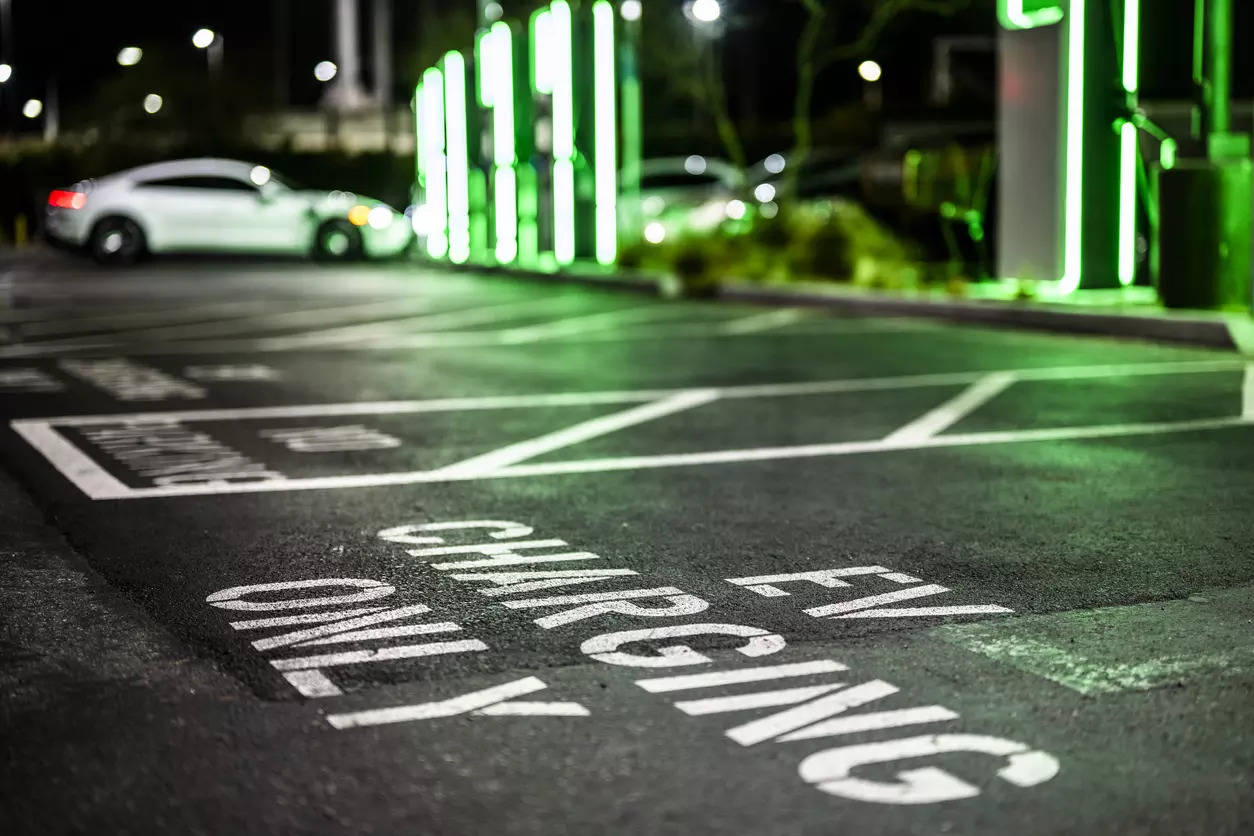Read by: 100 Industry Professionals

New Delhi: As the country’s automotive ecosystem is fast transitioning, over 1.6 crore annual electric vehicles (EVs) are estimated to be deployed in India by 2030. Maharashtra (2531) and Delhi (1815) are forecasted to operate with the highest number of charging stations in India.
The findings come from a unique ‘EV-Ready India Dashboard’ launched on Monday by R K Singh, Union Minister of Power, New and Renewable Energy. The dashboard is developed by the OMI Foundation, a policy research and social think tank operating at the intersection of mobility and governance.
A freely accessible digital platform, it compiles sales data across all VAHAN states and Telangana, showcases the state of charging infrastructure, battery demand trends and TCO comparisons. It also tracks the current investments for EVs, forecasts market growth and calculates the vehicular emissions. It enables users to book charging space before they reach the destination.
The EV-Ready India Dashboard estimates EVs to grow at a Compounded Annual Growth Rate (CAGR) of 45.5% between CY 2022 and CY 2030, increasing from annual sales of 6,90,550 electric two-wheelers (E2Ws) in 2022 to 1,39,36,691 units in 2030.
According to the data driven platform, Tamil Nadu emerges as the E2W manufacturing hub of the country, Telangana leads in E3W manufacturing, Maharashtra in E4W manufacturing, Gujarat in battery manufacturing, and Karnataka in R&D. Chandigarh reports the lowest public charging supply tariff at INR 3.6/kWh, 73% lower compared to the national average of INR 13.74/kWh.
It also reports that India has avoided an estimated 5.18 million tonnes of CO2 emissions in 2023 so far, equivalent to 85.47 million tree seedlings covering twice the cumulative area of Lakshadweep islands.
Stressing on the need to go electric, the Union Minister said, “The future is electric. India is already on the path to being EV Ready and leading the conversation on climate action for the transport sector. We have taken active steps to reduce emissions, having already cut emission intensity by 33% in 2019 since 2005, and the capacity for generating renewable energy has multiplied by almost 7X in the last few years, standing at 185K megawatt today. We are confident that India will surpass its target of 50% energy production from non-fossil fuels by 2030.”
“EVs are critical for this journey both from an energy dependence and environment standpoint, and as the number of EVs grow on the roads, we will see India emerging as a leader in climate change. Another important step towards making EVs mainstream is expanding the charging stations, which already is at 10,000 currently,” he said.
At the launch, Amitabh Kant, G20 Sherpa said in a virtual note, “Recognising that the real action in electric mobility occurs at the state level, the dashboard offers comprehensive, state-specific insights. This empowers policymakers to make informed decisions. I urge all state and district authorities to leverage this dashboard as they compete to lead India’s EV revolution.”
According to Aishwarya Raman, Executive Director, OMI Foundation, the digital platform is meant to enhance knowledge, foster ecosystem-wide collaboration and underpin effective policy making, as OMI continues to make it more comprehensive, and insightful.

